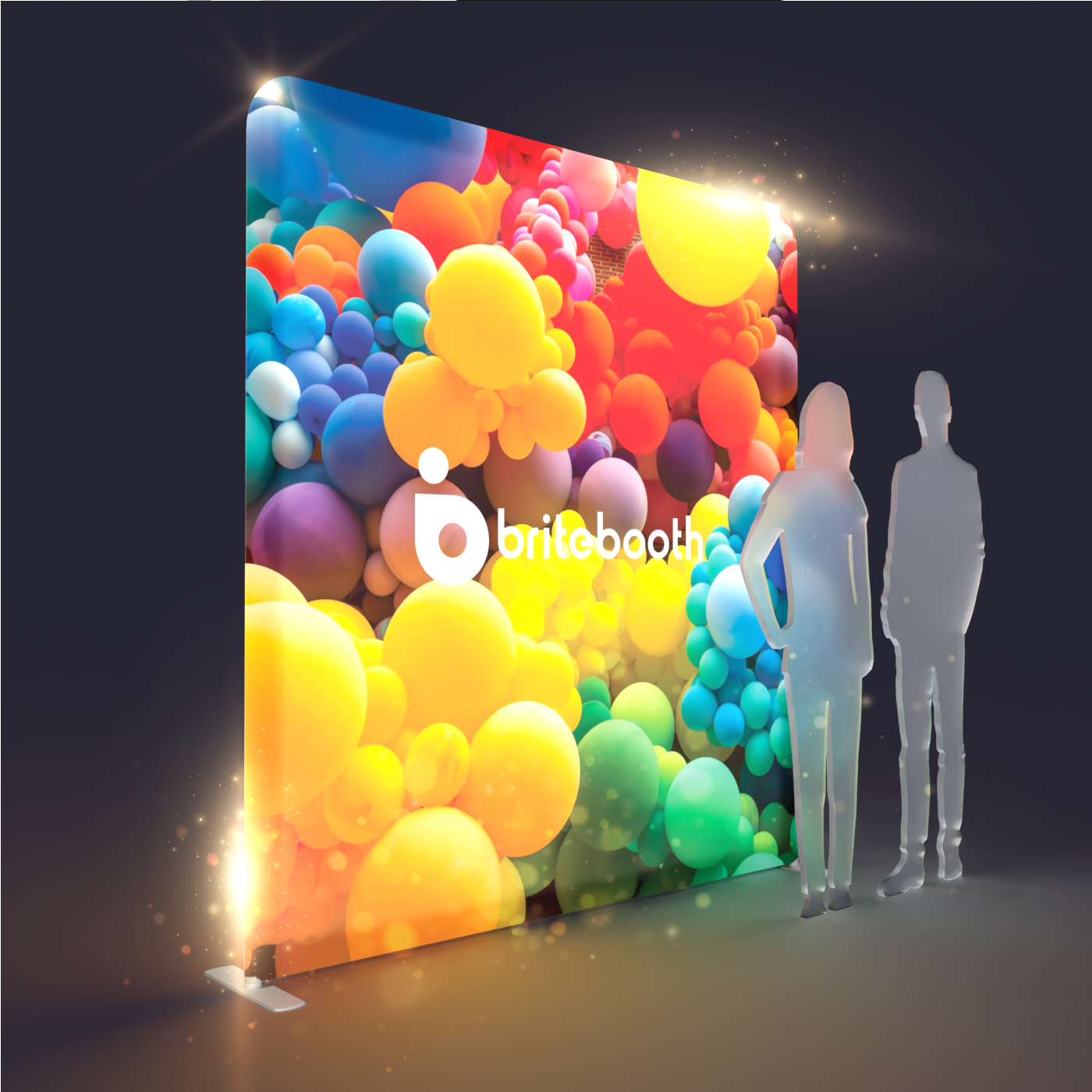The Power of Backlit Trade Show Displays
Backlit trade show displays, often referred to as lightboxes or light box displays, utilize LED lighting to illuminate graphics from behind, creating vibrant and eye-catching visuals. These displays offer numerous advantages over traditional trade show displays:1. Enhanced Visibility: Backlit displays offer a bright, consistent glow that captures attention from afar, ensuring your booth is visible even in crowded trade show halls.
2. Increased Engagement: The vibrant, high-quality graphics of backlit displays make your exhibit more inviting, encouraging attendees to engage with your brand and explore your offerings.
3. Professional Appearance: A well-designed backlit display can give your booth a polished, sophisticated look that reflects the legitimacy and professionalism of your business.
4. Customization: Backlit displays are available in various sizes and configurations, allowing you to create a tailored exhibit that showcases your brand and products in the best possible light.
Making the Transition from Traditional to Backlit Displays
Switching from a traditional trade show display to a backlit display may seem daunting, but with careful planning and the right resources, you can make the transition smoothly. Here are some steps to help you make the switch:1. Set a Budget: Determine how much you're willing to invest in your new backlit trade show display. Keep in mind that although backlit displays can be more expensive than traditional displays upfront, they often provide a greater return on investment due to their increased visibility and engagement.
2. Research Display Options: Explore the various backlit display options available from CasonaraDisplays.com, including lightboxes, modular displays, and custom solutions. Consider factors such as size, portability, and design when selecting the right display for your needs.
3. Collaborate with a Design Team: Work with a professional design team to create high-quality graphics for your backlit display. This may include updating your existing graphics or creating entirely new visuals that take full advantage of the backlit format.
4. Test and Refine: Once your new backlit display is in place, monitor its performance at your next trade show or event. Gather feedback from attendees and make any necessary adjustments to optimize visibility, engagement, and overall impact.
Tips for Maximizing the Impact of Your Backlit Trade Show Display
To ensure your backlit trade show display delivers the desired results, consider the following tips:1. Prioritize High-Quality Graphics: The success of your backlit display depends on the quality of your graphics. Invest in high-resolution images and professional design services to ensure your visuals are vibrant, sharp, and impactful.
2. Optimize Lighting: Choose LED lighting with the appropriate color temperature and brightness to enhance your graphics and create the desired ambiance. Avoid using lighting that is too harsh or causes glare, as this can detract from the overall appearance of your display.
3. Incorporate Branding Elements: Ensure your backlit display effectively communicates your brand identity. This includes using consistent colors, fonts, and imagery, as well as incorporating your logo and messaging.
4. Create a Balanced Booth Layout: Design your booth layout to complement your backlit display and optimize traffic flow. Position your backlit display in a prominent location that's easily visible to passersby, and arrange other booth elements to encourage visitors to explore your exhibit further.
5. Use Interactive Elements: Enhance the attendee experience by incorporating interactive elements, such as touchscreen displays or product demonstrations, alongside your backlit display. This not only increases engagement but also creates a memorable experience for visitors.
6. Train Your Staff: Ensure your team is knowledgeable about the features and benefits of your backlit display, as well as how to operate any interactive components. This will enable them to effectively engage with attendees and answer any questions that may arise.
Success Stories of Businesses Transitioning to Backlit Displays
Many businesses have successfully transitioned from traditional to backlit trade show displays, reaping the benefits of increased visibility, engagement, and overall impact. Here are a few examples:1. A Tech Company's Booth Revamp: A technology company decided to replace their traditional display with a modular backlit display at a major industry event. The result was a booth that stood out from competitors, attracting a steady stream of attendees and generating numerous leads.
2. An Apparel Brand's Exhibit Upgrade: An apparel brand opted to incorporate a custom lightbox display into their trade show exhibit. The backlit display showcased their latest clothing line, drawing the attention of potential buyers and significantly boosting sales.


Share:
The Evolution of LED Displays: From Backlit LED to Digital Panel Displays and the Importance of Backlit Displays
Tech Startups: Embrace Backlit Trade Show Displays to Elevate Your Brand and Stand Out